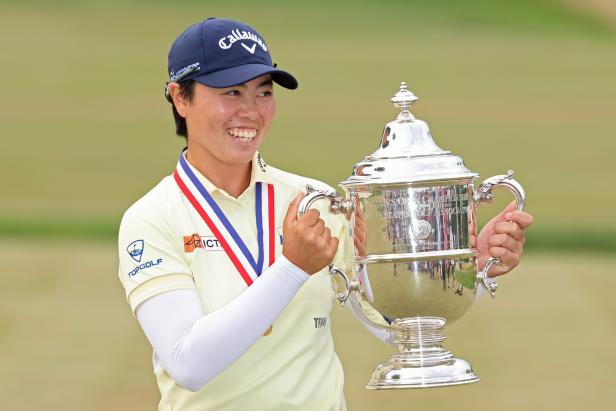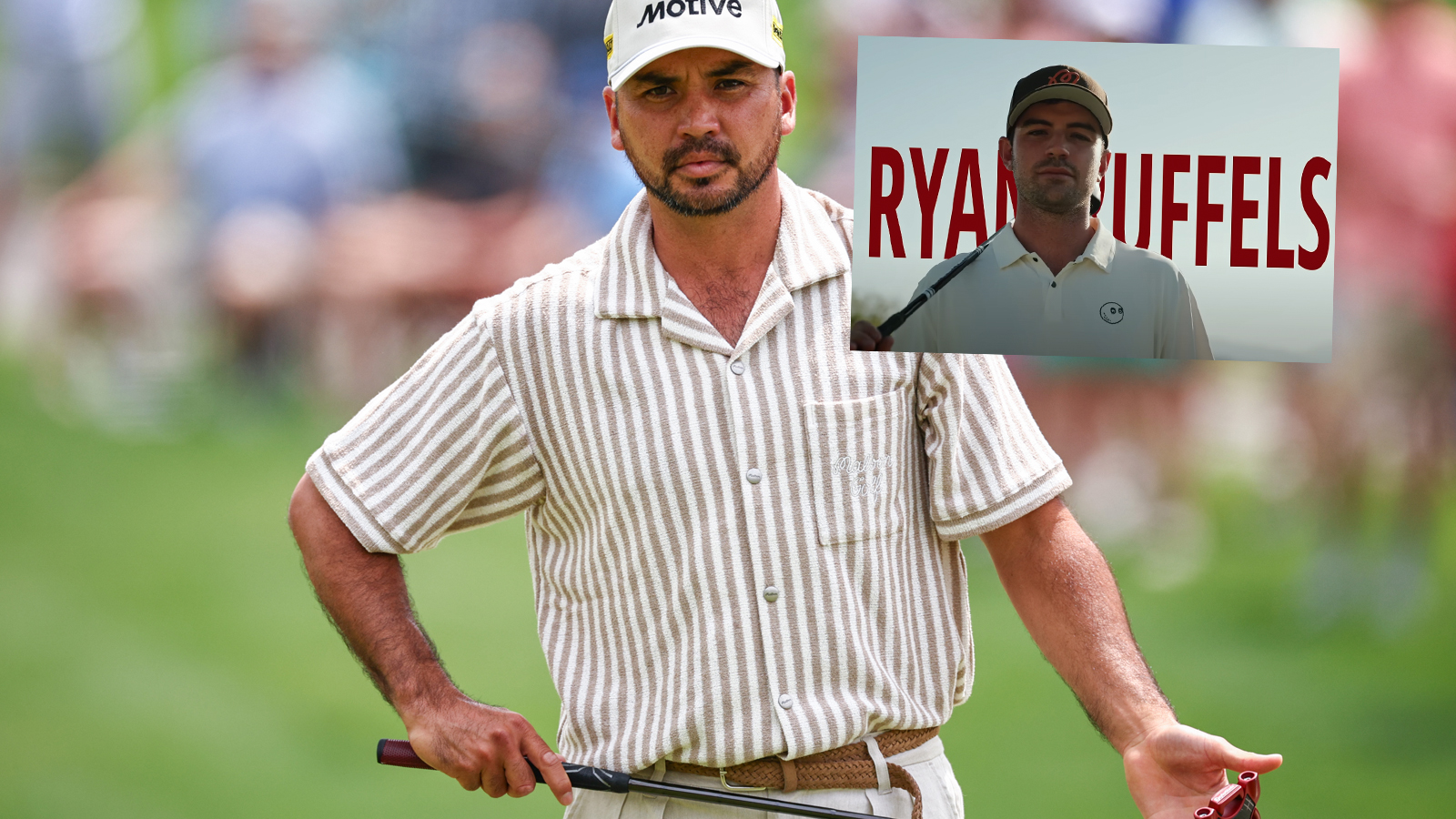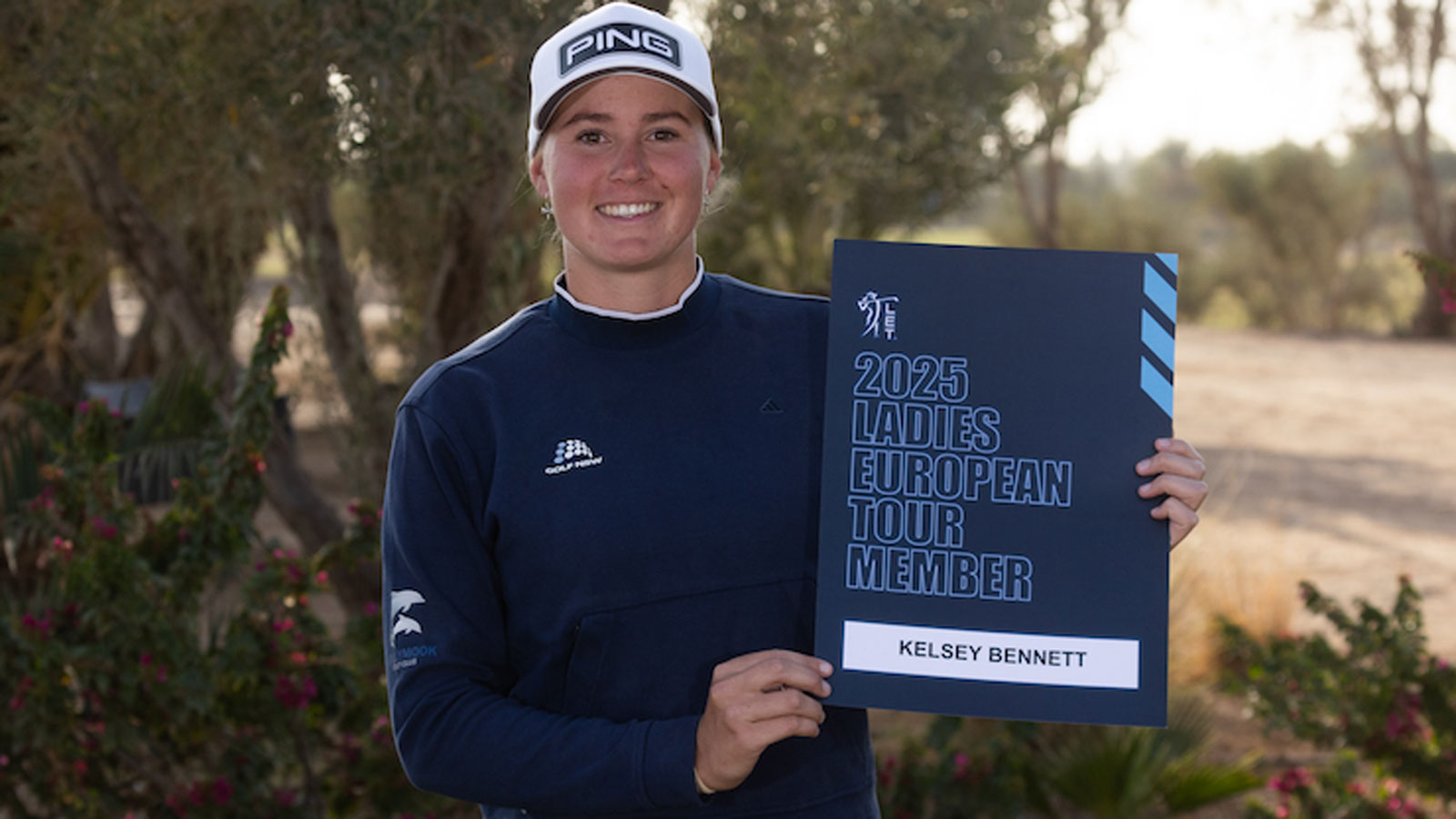Yuka Saso adds a second US Women’s Open victory, this one representing Japan – Australian Golf Digest

- by Admin
- June 3, 2024

Light yellow shirt, blue pants, blue Callaway hat, short hair, shades relegated to the back of her hat, and a stride so purposeful that if golf were a combat sport, she’d be leaving the bodies of her enemies in her wake: that was Yuka Saso, who seized the initiative on a strange final day when nobody else wanted the stage. In the end, she didn’t even need to lay waste to her opponents. Lancaster Country Club did that dirty work for her, and amid the carnage, it was Saso alone who held up under the pressure, took the bit between her teeth, and shot a three-under 67 to capture her second US Women’s Open.
You’re going to hear this one a lot: three years ago Saso became the first Filipino player to win this major championship, and this year she became the first Japanese player to do it. That bit of curious trivia is brought to you by the fact that the 22-year-old, who was born in the Philippines to a native mother and a Japanese father, opted for Japanese citizenship two years ago due to that country’s laws on dual nationality – you have to pick one by age 22 – and the relative ease of travel with a Japanese passport. Before the switch, she had not only won the US Women’s Open representing the country of her birth, but also two gold medals in the Asian Games. Today, she brought the same glory to Japan, and did so with a torrid back-nine stretch, making four birdies in five holes on a course that remained stingy to anyone but her.
“Winning in 2021, [when] I represented the Philippines, I feel like I was able to give back to my mum,” Saso said. “This year I was able to represent Japan, and I think I was able to give back to my dad.”
It ended up looking easy for her, but after starting the day at two-under, three shots off the lead, Saso seemed to play herself out of contention with a dispiriting four-putt double-bogey on the par-3 sixth hole. As she said in her post-round press conference, though, a US Open requires patience, and a tough setup like this leaves plenty of room for late movement. By the time she rounded into form and went on her birdie stretch, she not only caught her opponents, but left them in the dust.
“I just tried to be focused on my routine and my game, and I think that’s why I looked [strong] on TV,” she said of her birdie surge. “I think it’s a good thing that I looked like that.”
Players ahead of her were struggling, but Minjee Lee, one of the co-leaders at five-under to start the day, birdied her first hole and seemed to be cruising to a third major victory. She was one of the players whose collapse took time; bogeys on three, six, and nine, and suddenly she was only three-under. That seemed to rattle her, and within five holes she had lost five strokes to slip to an astounding three-over and a final-round 78.
“I’m going to acknowledge my disappointment and then come back stronger,” said the Australian two-time major winner of her disappointing day. “It’s a lot of pressure on the last day, so it wasn’t my best performance, but I’m sure there will be many better performances ahead.”
The collapse happened faster for Wichanee Meechai, who admitted in yesterday’s press conference that she hated pressure, and proved as good as her word by making bogey on the first two holes and suffering a disastrous triple when her tee shot found the water at the sixth. That dropped her from five-under to even, and it got worse on the back nine; she finished with a 77 (and no word on any final interactions with the ghost in her rental house).
The only one of the three co-leaders who staved off total disaster was American Andrea Lee, the former world amateur No.1, who still lost four strokes in a rough front nine, but rallied to get a shot back with a birdie at the 12th. Standing on the 17th tee four pars later, she still had a faint prayer of catching Saso, who did her a favour with a bogey on 17. But Lee sprayed her tee shot into the greenside bunker, Saso hit an excellent chip to secure par on 18, Lee failed to hole out from the bunker, and the championship was effectively over. (Andrea Lee bogeyed the last to finish at even and cede the million dollar-plus payday to Hinako Shibuno, who made it a 1-2 for Japan with a backdoor second place.)
“I was extremely nervous, but I feel like I learned a lot about how to control my emotions out here,” she said. “I feel like this is only going to make me stronger in the long run and give me some confidence going into the rest of the season.”
It’s almost hard to believe, but at 25, Andrea Lee is three years older than Saso, whose résumé and bearing on the course make her seem much more seasoned than her 22 years. She’s now the youngest player in history to win the US Women’s Open twice, and for this title, she credited her accurate driver and the Odyssey putter she switched to last October.
For someone so young, it hasn’t been many years since she was a young girl taking shadow swings in front of her mirror before school in the morning, but she’s also old enough to admit that she had doubts about whether she’d ever win again (amazingly, the two US Opens are Saso’s only LPGA Tour victories). The tears at the trophy presentation were tears of joy, but also tears of relief – no, she hadn’t peaked in her teens, and there are triumphs still to come.
The women’s golf world came into this week talking about Nelly Korda, and the world No.1 deserved every bit of it, but now is a great time to spare a few words for Yuka Saso, the queen of the Lancaster carnage.
The Latest News
-
December 25, 2024Aussie path to Champions Trophy glory begins with Ashes clash as schedule revealed
-
December 24, 2024‘Good to go’: Head’s cheeky injury jab as ‘unbelievable’ Aussie run machine gets green light
-
December 24, 2024How to watch the NFL in Australia: Full Boxing Day schedule for Netflix’s first ever NFL stream | Sporting News Australia
-
December 24, 2024Cricket 2024: Boxing Day Test Talking Points, India vs Australia, Melbourne Cricket Ground, Sam Konstas debut, Jasprit Bumrah, news, videos, ideas, analysis
-
December 24, 2024Australian gold miner makes $443 million claim in international court





